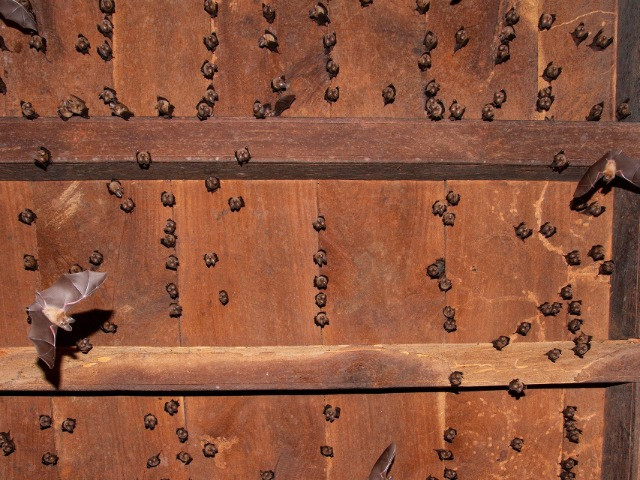National
Assam floods have affected 25 lakh people
Following relentless rains, the flood situation in Assam has worsened—the number of affected people has risen to almost 25 lakh. This year, the total number of deaths due to floods and landslides in Assam has touched 139. Flooding from the Brahmaputra and other rivers causes a deluge in the state during the monsoon every year, with 40 per cent of the entire state considered flood-prone. According to the Assam State Disaster Management Authority (ASDMA), 2,389 villages in 72 revenue circles have been affected across the state, while 1,76,201 people have taken shelter in 555 relief camps.
Read more: The Assam floods and the unfolding of a food and water crisis | Firstpost
First thick-thumbed bat from South Asia reported from Meghalaya
Scientists discovered a new species of bamboo-dwelling bat near the forested patch of Nongkhyllem Wildlife Sanctuary in the Ri Bhoi district of Meghalaya. Named Glischropus meghalayanus, after the state of Meghalaya, the bamboo-dwelling bat species is small in size and has a dark brown colour with a sulphur-yellow belly. The discovery is the first report of a thick-thumbed bat, not just from India but the whole of South Asia. Uttam Saikia from the Zoological Survey of India, Gabor Csorba of the Hungarian Natural History Museum and Manuel Ruedi of the Natural History Museum of Geneva are the scientists who collected the thick-thumbed bat specimen in the summer of 2020. From the same forested patch, a new record of the disk-footed bat Eudiscopus denticulus was made by Mr Saikia earlier.
Read more: New species of bamboo-dwelling bat found in Meghalaya | The Hindu
New species of land snail named after the Western Ghats
Researchers Tejas Thackeray, Amrut Bhosale and Omkar Yadav have discovered a new species of carnivorous land snail from the Vishalgad Conservation Reserve in Kolhapur. A relatively unexplored region in the Sahyadris, Vishalgad Conservation Reserve was declared a protected area recently in March 2021. Named Haploptychius sahyadriensis after the habitat it was discovered in, the snail is the first record of the genus Haploptychius from mainland India. Land snails feed on dead organic matter and add fertility to the soil through faecal discharge that contains uric acid. Snail faeces also promotes growth of important fungi.
Read more: New species of carnivorous land snail discovered in Kolhapur Sahyadri | Hindustan Times
More national headlines:
- Herbs dominate flowering plants in new Assam national park | The Hindu
- Udaipur's 'bird village' set to be declared wetland | The Hindu
- New spider from Thar desert named after Malayali arachnologist | The Hindu
- India needs $223 billion to meet 2030 renewable capacity goals: report | The Hindu
International
Microplastics in fresh Antarctic snow
Scientists have found microplastics in freshly fallen Antarctic snow for the first time. Samples collected from 19 different sites in Antarctica contained tiny plastic fragments, reported researchers from the University of Canterbury in New Zealand. They found 29 particles per litre of melted snow and identified 13 different types of plastics. The most common was polyethylene terephthalate (PET), used in soft-drink bottles and clothing. “Modelling shows their origin could have been up to 6,000km away,” researcher Alex Aves wrote in the journal, Cryosphere.
Read more: Microplastics found in fresh Antarctic snow | BBC News
35,000-year-old baby Woolly Mammoth found mummified in Canada
A young miner working in the Klondike gold fields of northwestern Canada stumbled upon “one of the most incredible mummified ice age animals ever discovered in the world”. The stunningly preserved carcass of the baby mammoth is thought to be more than 35,000 years old. Grant Zazula, the palaeontologist for the Canadian territory of the Yukon described it as the “most important discovery in palaeontology in North America”.
Read more: Gold miner in Canada finds mummified 35,000-year-old baby woolly mammoth | The Guardian








